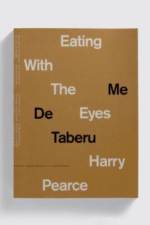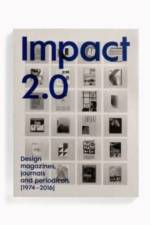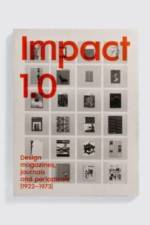av Unknown
927
Manuals 2 is a comprehensive study of corporate identity manuals from the golden era of identity design. As a companion volume to Manuals 1, Manuals 2 is a carefully-curated collection of 20th-century style guides, or as Steven Heller calls them ¿ ¿sacred texts, revered for how they help shift graphic design from simply an intuitive practice to a rigorously strategic one¿. In today¿s landscape, designers and, increasingly, non-designers rely on digital templates to implement brand identities ¿ fast, accurate and easily updatable, these digital manuals are now obligatory. But, in the eyes of many, we have lost something in the transition to digital style guides, and there is a growing recognition that the great printed standards manuals from the pre-digital era deserve a better fate than to be junked. Manuals 2 makes a strong case for their survival and continued appreciation. The book includes reproductions of 20 design manuals created for US and European institutions and corporations including IBM, Westinghouse, Canadian National Railway (CN), Bell System, Knoll, PTT, the Montreal Olympics and the Dutch police. Many of them have been designed by the giants of 20th-century identity design, including Lester Beall (USA), Paul Rand (USA), Allan Fleming (Can), Total Design (NL), Alan Fletcher (UK), Otl Aicher (Ger), Studio Dumbar (NL) and North (UK). Each manual featured in Manuals 2 has been expertly photographed, retaining all essential details, and is presented in a spacious and functional layout, allowing the reader to fully appreciate these wonderful examples of sophisticated information design. Manuals 2 comes with a substantial essay by design historian R. Roger Remington (Vignelli Distinguished Professor of Design) and an insightful text by Martha Fleming, daughter of Allan Fleming, designer of the Canadian National Railway logo. Also included are in-depth interviews with experts in the field of identity design: Michael Burke (UK/Germany), Sean Wolcott (USA), Liza Enebeis (NL) and John Bateson (UK). The foreword is written by the legendary Lance Wyman, designer of the 1968 Mexico Olympic Games and many other important brand identities.













